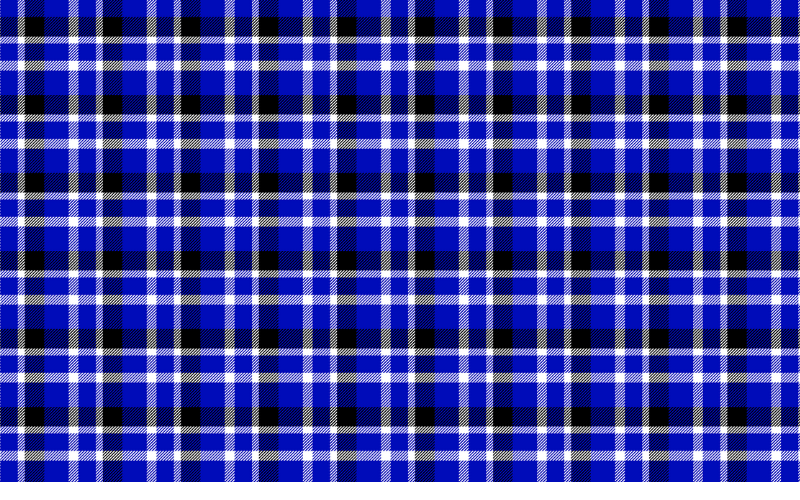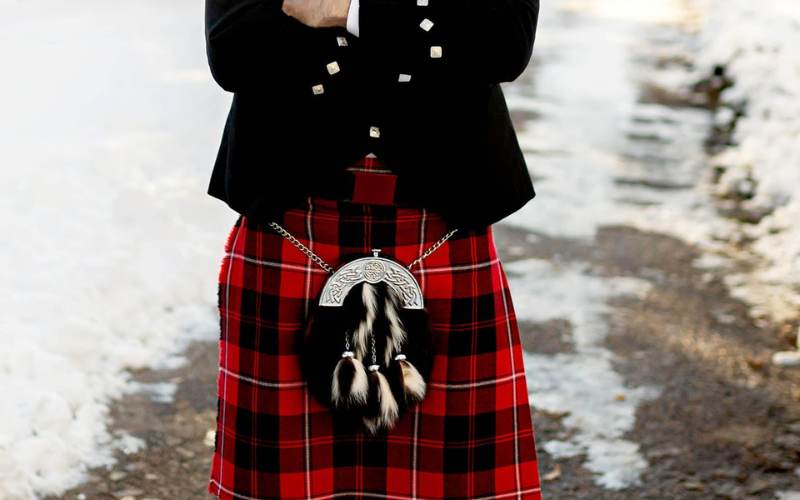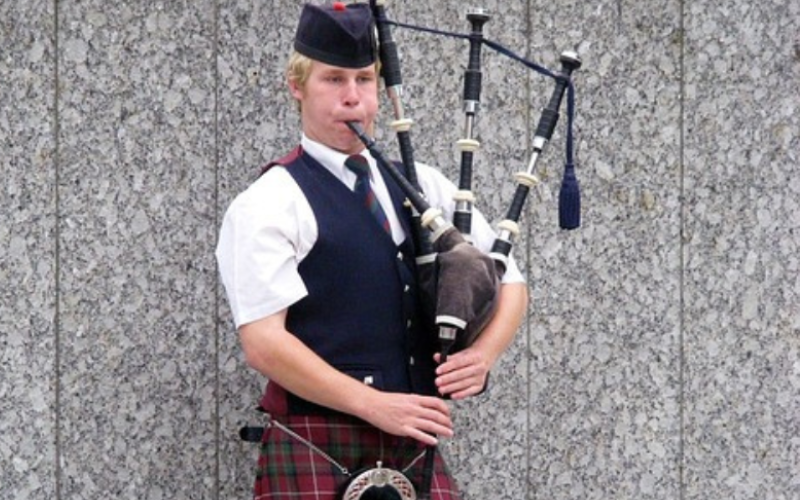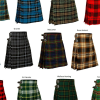The world of Highland dress is steeped in tradition and symbolism, and at the heart of this venerable attire lies a small yet intriguing accessory – the kilt pin. Often overlooked, this unassuming piece of jewelry carries with it a rich history and a blend of both functional and aesthetic significance.
As we embark on a journey to unravel the mystique of kilt pins, it’s essential to appreciate their role in the broader context of Scottish tradition. From their humble origins in the 19th century to their present-day manifestation as symbols of identity, these small adornments have undergone a fascinating evolution.
Kilt pins, initially designed for practical purposes, have transcended their utilitarian origins, morphing into objects of art that tell stories of heritage and individuality. In this exploration, we will delve into the historical roots of kilt pins, tracing their development from a necessity to an expression of cultural pride.
As we navigate through the intricate world of kilt pins, we’ll discuss their functional role in securing the layers of a traditional kilt, preventing it from succumbing to the whims of the Highland breeze. Beyond their utilitarian function, we will explore the diverse styles and designs that have emerged over the years, showcasing the adaptability of these small but significant accessories.
Furthermore, the cultural significance and symbolism woven into the fabric of kilt pins cannot be ignored. These pieces, often adorned with clan symbols, family crests, or nods to Scottish heritage, go beyond mere embellishments. They serve as tangible connections to a rich cultural tapestry, allowing wearers to carry a piece of their ancestry with them.
The question that lingers in the air is whether kilt pins are indispensable elements of Highland dress or optional embellishments chosen for personal expression. This exploration will navigate the varying perspectives, acknowledging that the significance of a kilt pin is subjective and deeply personal.
In essence, this article aims to peel back the layers surrounding kilt pins, revealing not just their physical presence on a kilt but also the layers of history, culture, and individuality they encapsulate. As we unveil the mystique of kilt pins, we invite readers to appreciate the nuanced significance of these seemingly modest accessories that, in reality, play a pivotal role in the intricate dance between tradition and personal expression within Scottish attire.
A Brief Historical Overview
The genesis of kilt pins can be traced back to the 19th century, a period marked by the evolution of Scottish Highland dress. Originally born out of a practical necessity, these pins were designed to secure the layers of fabric in traditional kilts, preventing them from unwarranted billowing. At their inception, kilt pins were modest and utilitarian, serving a purely functional purpose.
Over time, however, these unassuming accessories underwent a fascinating transformation. As Highland dress evolved, so did the kilt pin, transcending its practical origins to become a symbol of Scottish identity and cultural pride. The historical journey of kilt pins reflects not only changes in fashion but also the enduring connection between individuals and their rich ancestral heritage. Today, these small but significant adornments stand as a testament to the timeless blend of tradition and individual expression within Scottish attire.

The Functional Role of Kilt Pins
One might wonder if kilt pins are purely ornamental or if they serve a functional purpose. The answer lies in their ability to add stability to the layers of fabric in a kilt. Traditionally placed on the outer apron of the kilt, the pin adds weight, preventing the garment from billowing in the wind. While not indispensable for every kilt wearer, they can enhance both the aesthetics and functionality of the attire.
Styles and Designs: From Traditional to Contemporary
Kilt pins come in a myriad of styles, ranging from traditional designs that pay homage to Scottish symbols, such as thistles and Celtic knots, to more contemporary and personalized options. Some wearers opt for clan-specific designs, while others choose pins that reflect their interests or hobbies. The versatility in styles allows individuals to express their identity and connect with their heritage in a unique way.
Choosing the Right Kilt Pin for You
With the plethora of options available, selecting the right kilt pin can be a daunting task. Considerations should include personal style, the formality of the occasion, and any clan or family affiliations. Additionally, the material of the pin, whether silver, pewter, or other metals, can contribute to its overall look and durability. Finding the perfect balance between tradition and individuality is key.
Cultural Significance and Symbolism
Beyond their functional role and stylistic diversity, kilt pins carry cultural significance. They symbolize the wearer’s connection to Scottish heritage, acting as a visual representation of pride and tradition. Many individuals choose pins that bear symbols associated with their family crest or clan, further strengthening the link between the wearer and their ancestral roots.

Are Kilt Pins Essential?
The question remains: are kilt pins essential accessories, or are they merely optional embellishments? The answer depends on individual preferences and the context in which the kilt is worn. While some may view them as indispensable for both practical and symbolic reasons, others may see them as optional additions to their attire. Ultimately, the choice to wear a kilt pin is a personal one, allowing individuals to tailor their Highland dress to their unique style and heritage.
Maintaining and Showcasing Your Kilt Pin
For those who choose to incorporate a kilt pin into their attire, proper care and showcasing are essential. Regular cleaning and polishing, especially for metal pins, help maintain their luster and prevent tarnishing. When wearing a kilt, consider placing the pin slightly off-center for a balanced look. Properly showcasing your kilt pin adds an extra layer of sophistication to your overall appearance.
Conclusion: A Personalized Touch to Tradition
In conclusion, kilt pins offer wearers the opportunity to infuse their Highland dress with a personalized touch. Whether chosen for their functional benefits, cultural significance, or aesthetic appeal, kilt pins have become more than just accessories—they are symbols of identity and pride. So, are kilt pins essential? The answer lies in the eye of the beholder, as each wearer crafts their unique story through the choice of this small but meaningful adornment.




Leave a reply